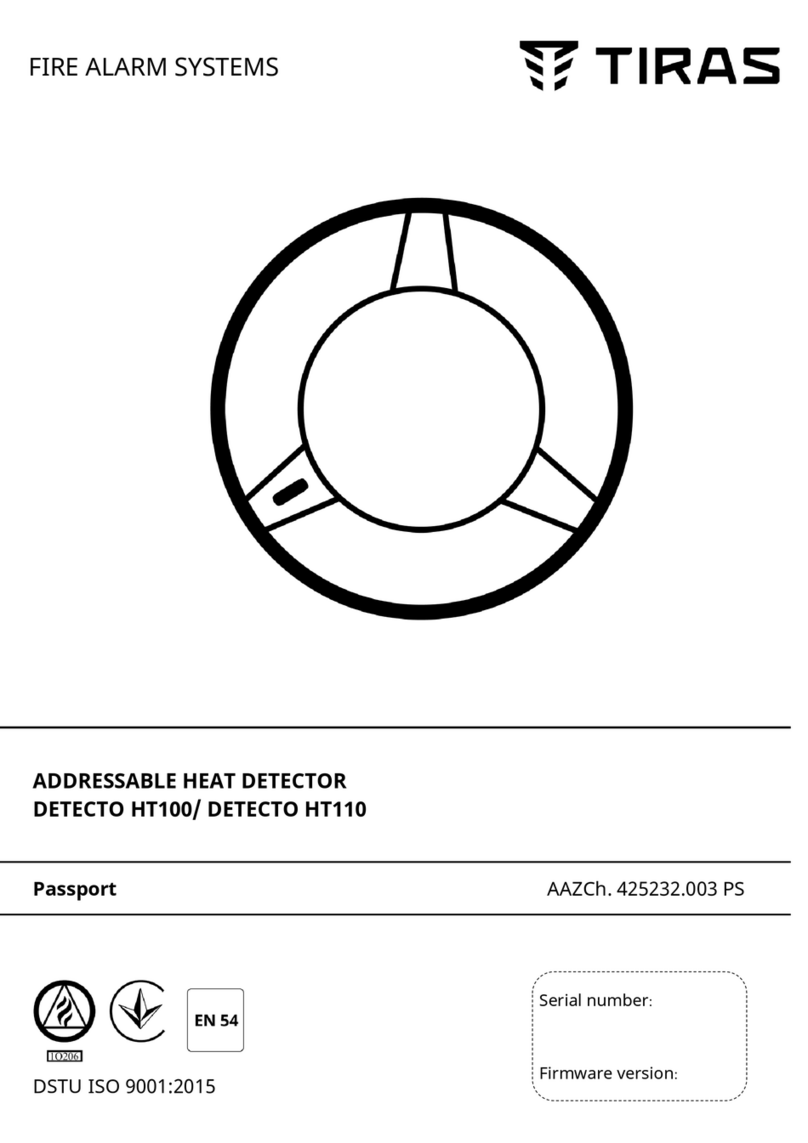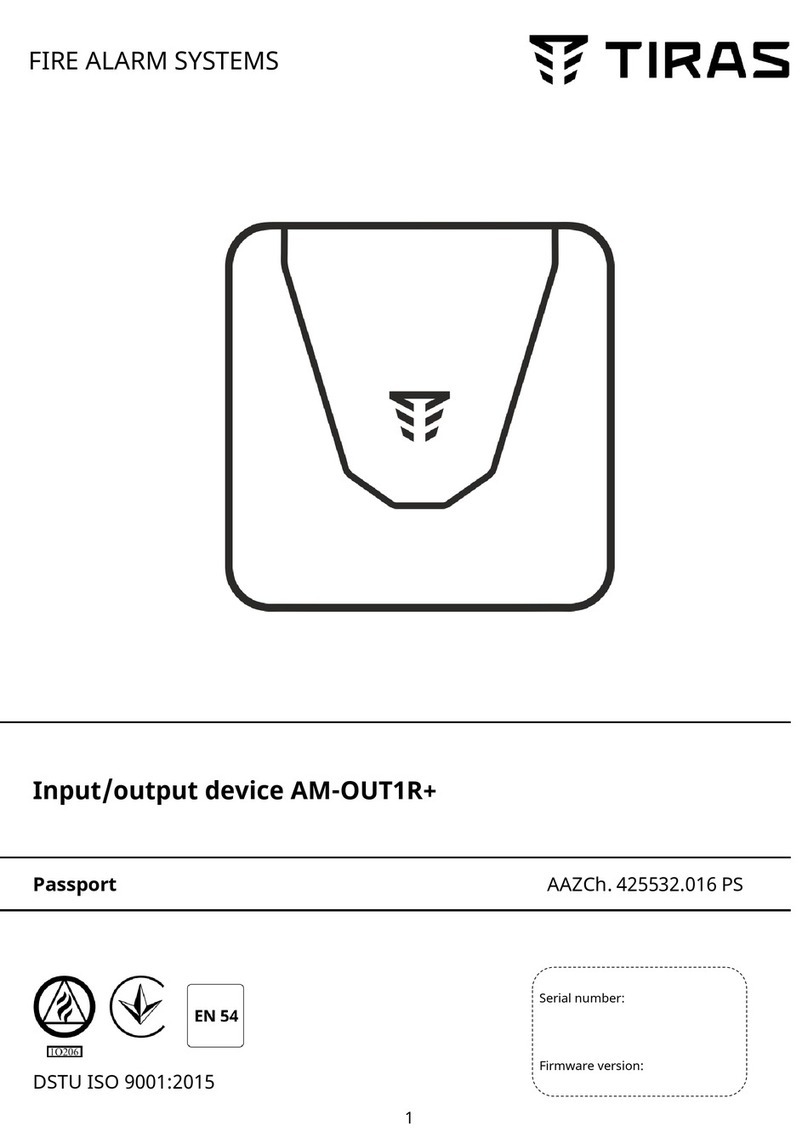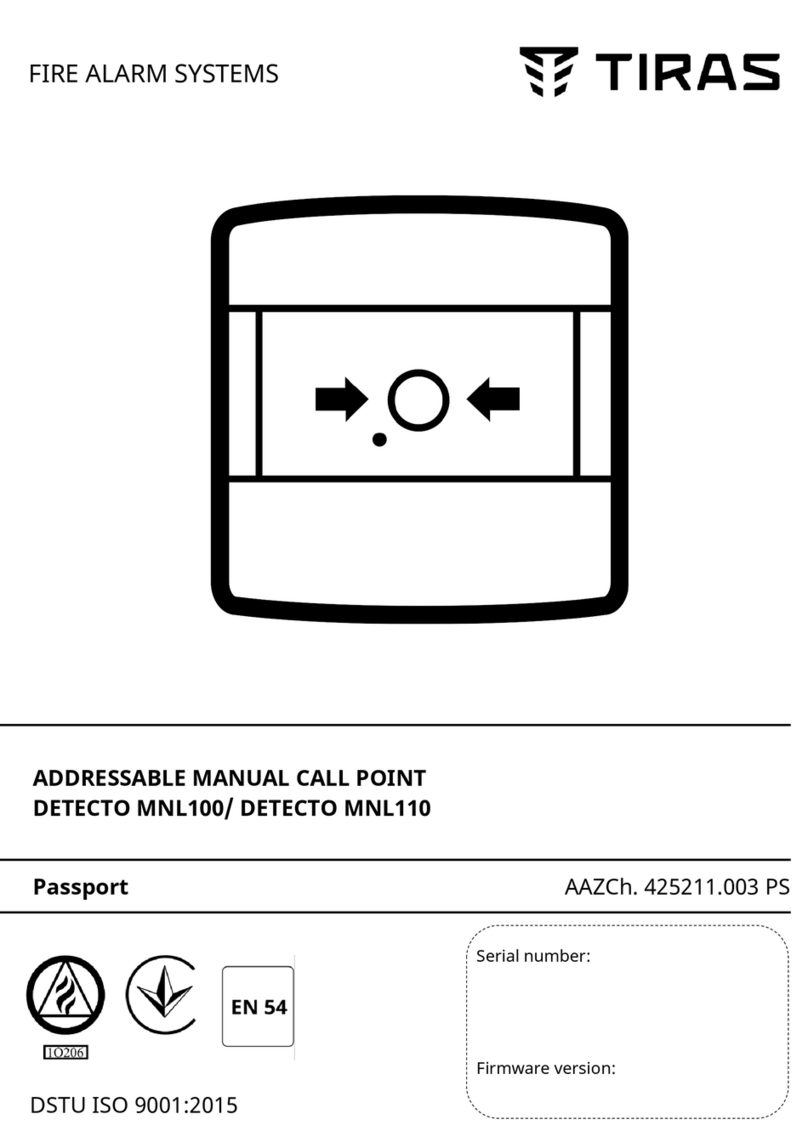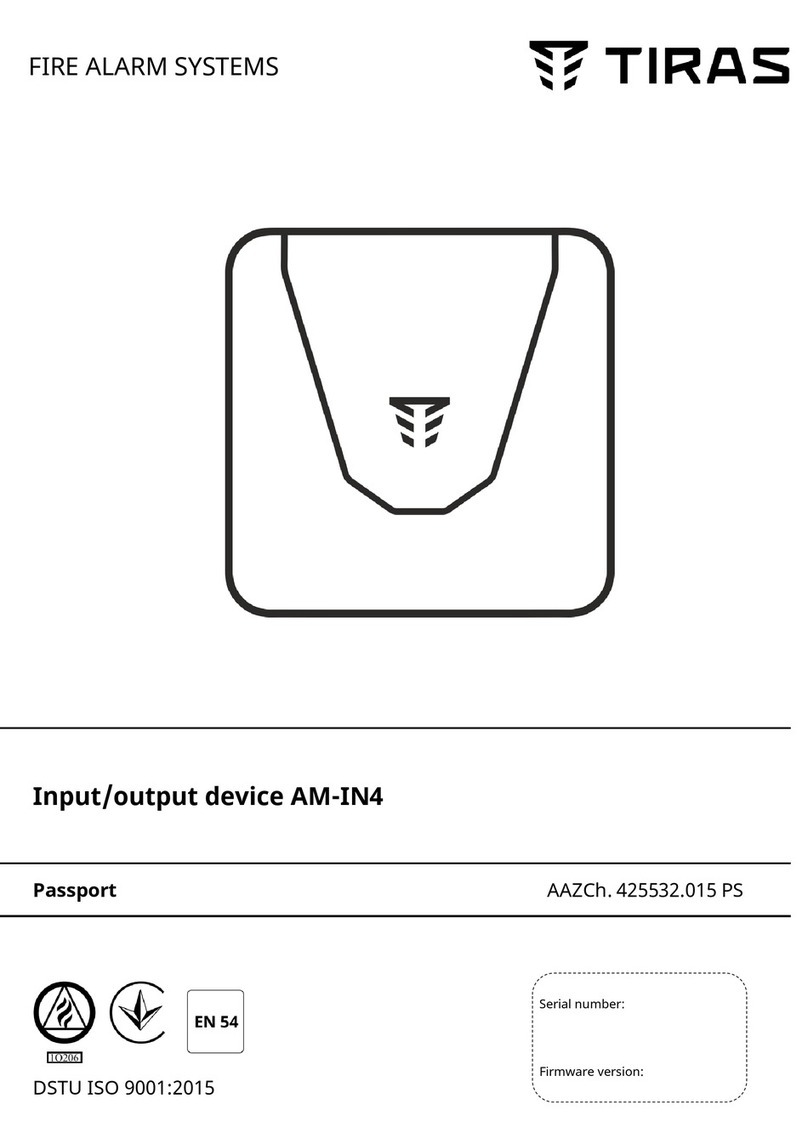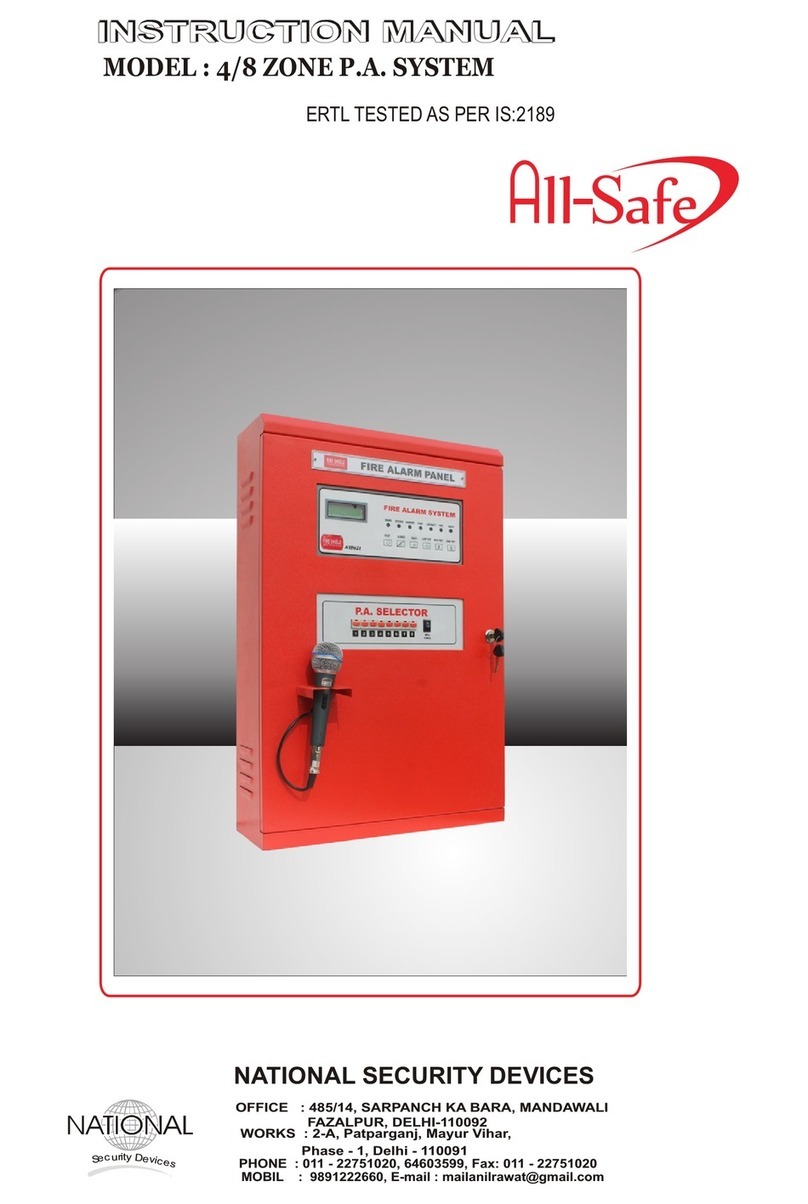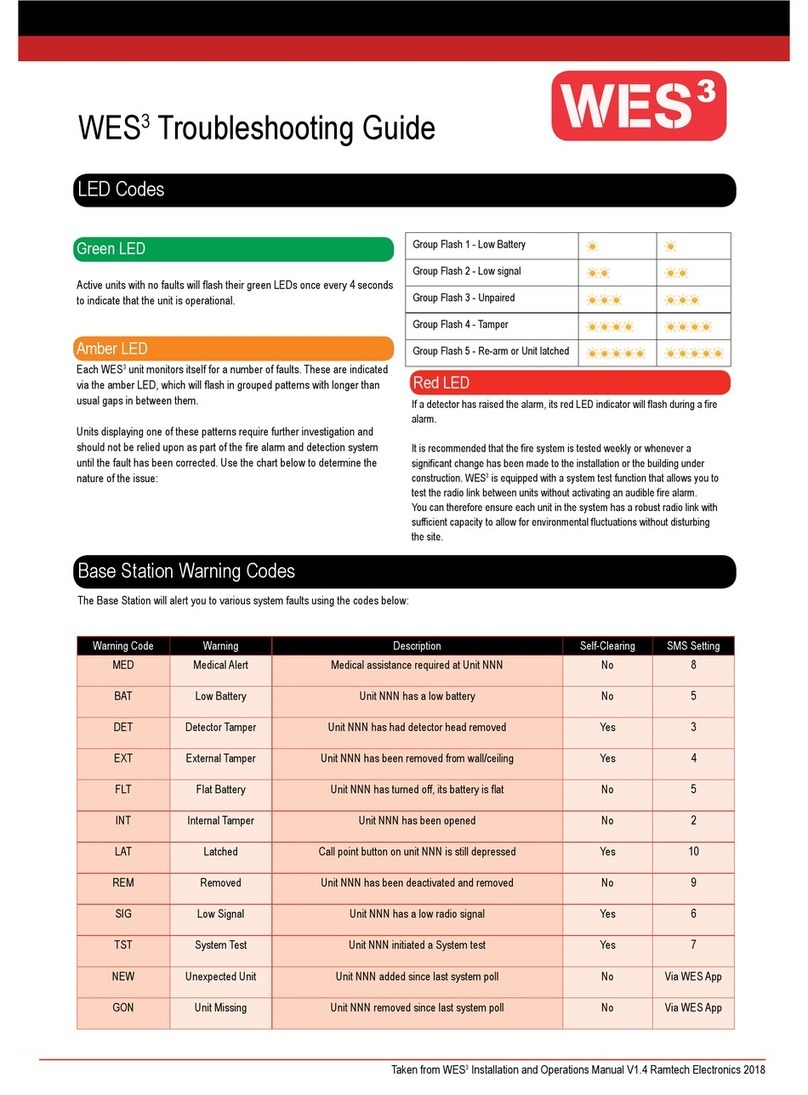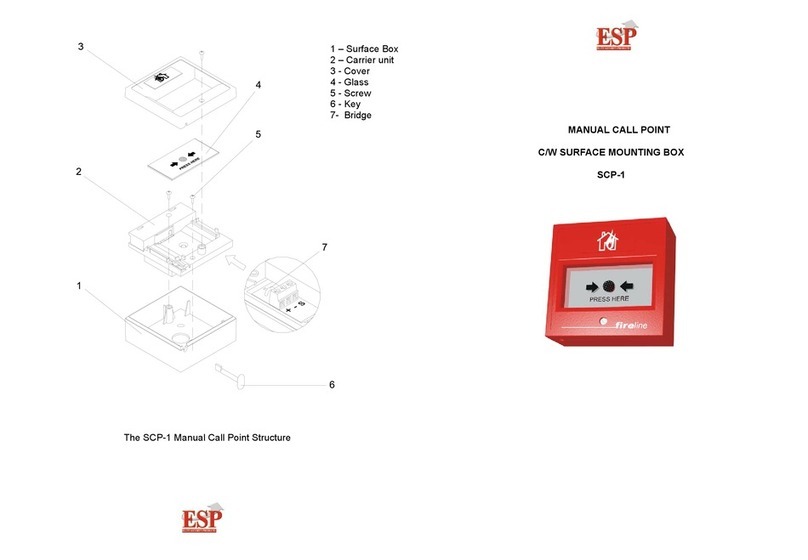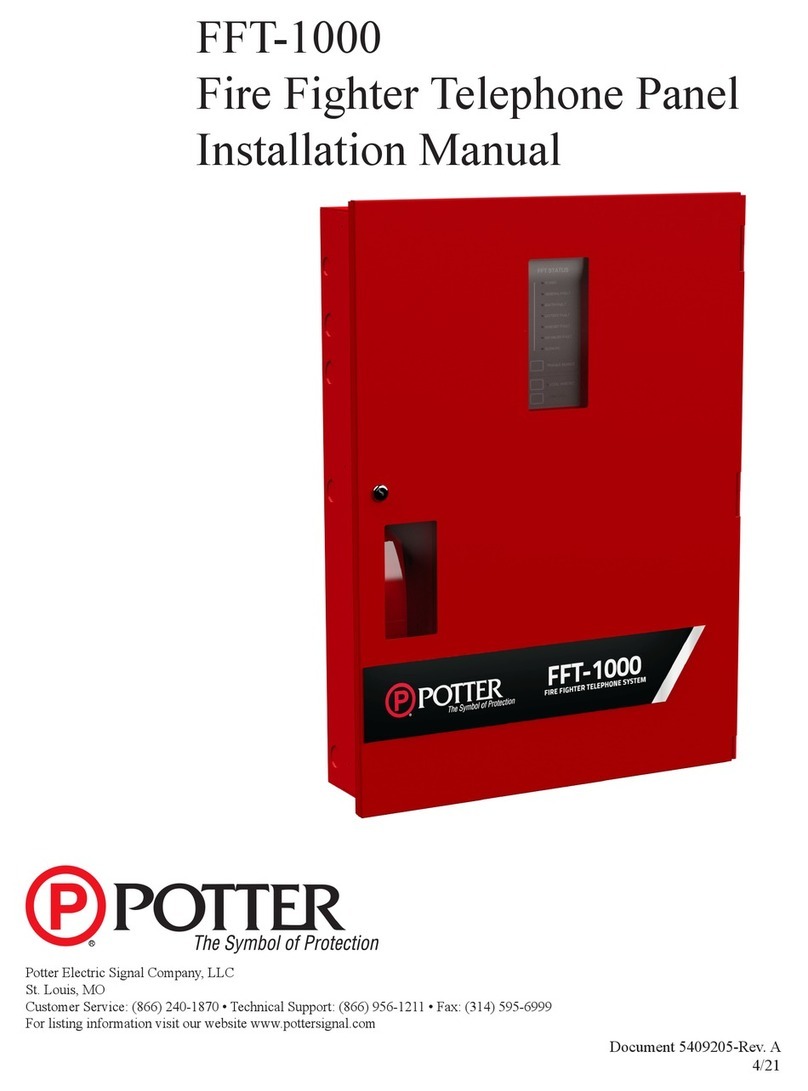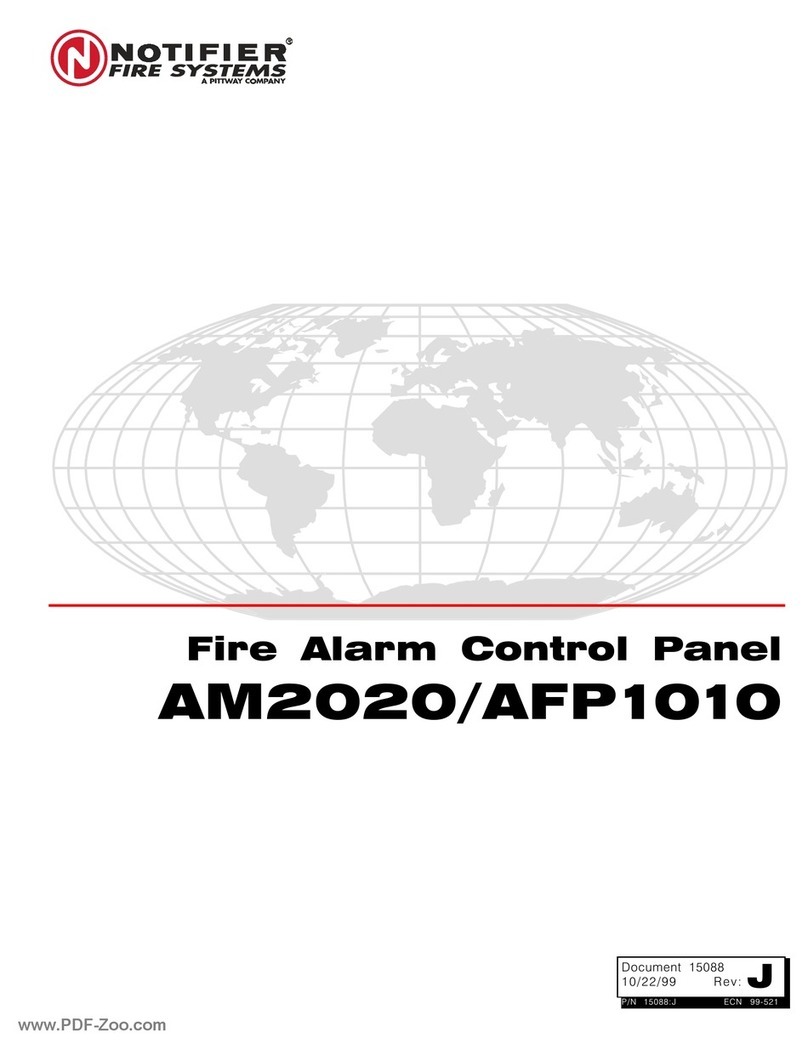Tiras AM-MULTI+ User manual

FIRE ALARM SYSTEMS
Input/output device АМ-MULTI+
Passport
AAZCh. 425532.015PS
DSTU ISO 9001:2015
Serial number:
Firmware version:

2
This passport contains information on the design, operation and operation rules of the
addressable I/O device with built-in power supply equipment and short-circuit isolator AM-Multi+
(further - the device), which is used as part of addressable fire alarm system, based on the fire alarm
control panel Tiras PRIME A.
The device meets the requirements of standards DSTU EN54-2, DSTU EN54-4, DSTU EN54-17,
DSTU EN54-18.
Detailed information on the installation, configuration and operation of the device as
part of the addressable system is given in the operation manual for the device.
1 LIST OF ABBREVIATIONS
PSU - power supply unit;
FCP –Fire Control Panel "Tiras PRIME A";
AFAS- addressable fire alarm system;
AI - addressable interface;
Battery - rechargeable battery;
SCI - short circuit isolator.
2 PURPOSE AND GENERAL INFORMATION
2.1 Purpose
The device is available in a plastic case and is designed for:
- increasing the number of the AFAS inputs and outputs;
- increasing the number of the AFAS outputs;
- increasing the number of the AFAS relay outputs;
- increase in the number of AI in AFAS.
2.2 General information
1) 5 universal parametric inputs (IN);
2) 2 controlled alert outputs (OUT);
3) 2 power outputs "+ 24V" (with protection);
4) backup power –12V battery with a capacity of 7 A∙h;
5) smart charger with battery quality control;
6) switching power supply 12V/2A;
7) connection of additional modules (up to 2):
- M-OUT2R (two additional relay outputs);
- M-LOOP (additional AI).
3 TECHNICAL FEATURES
Technical features of the device are shown in table 1.
Table 1
Name
Value
General
Dimensions WxHxD, mm
280х280х85
Weight without battery, kg, not more than
1,6
Enclosure protection class
ІР30
Average operating time per failure, h, not less than
40 000
Average service life, years, not less than
10
Fault detection time, s, not more than
10

3
End of Table 1.
Power supply
Main power supply, voltage (V), frequency (Hz)
187-242, 50±1
Backup power supply (battery), voltage (V) / capacity (A∙h)
12/7
Battery charging current, mA, not more than
500
Permissible internal resistance of the battery and its connection circuit, Rimax, Ohm,
not more than
1,0
Output voltage of the integrated PSU, V
10,5-15,5
Current consumption from the integrated PSU in all modes, Imin1, mA, not less than
20
Long-term current consumption from the integrated PSU with the maximum
loadings, Imax_a2, not more than
2,3
Long-term load current of outputs "+ 24V" (for everyone), mA, not more than
400
Self-resetting fuse on outputs "+ 24V" (for everyone), mA.
500
Supply voltage through AI, V
20 –25
Current consumption from AI (standby mode/ fault mode), mA, not more than
0,25/0,35
SCI
Opening voltage, V, not more than
15,0
Restoring voltage SCI, V, not less than
4,2
Current through SCI in the closed state, mA, no more than
65
SCI opening current, mA, no more than
75
Leakage current through SCI (in the open state), mA, not more than
4,2
The transient resistance of the SCI in the closed state, Ohm, not more than
0,09
Parametric inputs IN1 –IN5
Line resistance in the short circuit state, kOhm
<1,6
Line resistance in the activation state (low level), kOhm
1,6 –8,5
Line resistance in the standby mode, kOm
8,6 –12
Line resistance in the activation state (high level), kOhm
12,1 –20
Line resistance in the open circuit state, kOhm
>20
Outputs OUT1 and OUT2
Output supply voltage OUT, V
21,0 –29,7
Switching current, mA, not more than
800
Line resistance in standby mode, kOhm
1 –19
Line resistance in the short circuit state, kOhm
0 –0,9
Line resistance in the open circuit state, kOhm
20 –∞
REL1 and REL2 outputs of the M-OUT2R module
Current consumption, mA, no more than
Switching voltage (V) / current (A):
-direct current
-alternating current
30/5
42/10
4 CONNECTIONS
Detailed information and examples of device connection diagrams are given in the
device operation manual.
4.1 Safety requirements
Make all connections when the supply voltage of the device is switched off.
When installing and operating the device, service personnel should be guided by the "Rules of
technical operation of electrical installations of consumers" and "Rules of safety in the operation of
electrical installations of consumers."

4
Installation, removal and maintenance of the device should be carried out by personnel who have
a qualification group in electrical safety not lower than III. Fire safety rules should be observed when
carrying out work.
Warning. Installation of the device should be performed only by qualified personnel.
4.2 Connection of terminals
The location of the device terminals is shown in Fig.1.
Figure 1 –Appearance of the device board and connection terminals
The list of terminals and their functions is given in table 2.
Table 2 - Description of connection terminals.
Terminal name
Functional characteristic
Address interface connection
L+
The Input for the connection of a positive AI wire.
L-
The input for the connection of a negative AI wire. There are two terminals
separated by SCI.
GND
Common input with circuit ground potential.
Connect inputs and outputs of the device
IN1 –IN5
Universal parametric inputs (controlled parameter - resistance of the connected
line, see table 1).
GND
Common input with circuit ground potential.
OUT1- OUT2
Alert outputs (transistor outputs).
U12
Power input alert outputs.
24V
Power outputs of external devices 24V.
Tamp
Housing tamper connection input.
Sockets
Module1
Optional module installation socket #1.
Module2
Optional module installation socket #2.
4.3 Connecting of IN inputs
The device has 5 universal parametric inputs IN (controlled parameter –resistance of the
connected line, see table 1) for connection of activation devices.
The activation device is shown as a
relay for example
(Fig. 2).
It is possible to use the button as the activation device, when the resistance of the line provided
according to table 2
(Table 1).
IN inputs are not intended to connect non-addressable (conventional) detectors.

5
а)
b)
Figure 2 - Connecting of IN inputs:
a) Wiring diagram of the relay with NO contact in parallel with the terminal resistor Rt.
b) The connection diagram of the relay with NC contact in series with the terminal resistor Rt.
Notes.
1 When choosing the values of resistances Rt and Rl, you should take into account the total
resistance of the line when the relay triggers, this value should not be equal to Rd - the resistance of
the indeterminate state of the line.
2 Switching the device to the activation warning mode is possible only from the standby mode,
in case of malfunction (short circuit or open circuit), restoring of the device is possible when returning
to the standby mode.
4.4 Connecting an alert ("OUT1", "OUT2")
The device contains 2 alert connection outputs. Connection of sirens is shown in fig. 3. When
powering the sirens from the device's output - it is necessary to install a jumper between the input U12
and output + 24V. If the current consumption of the sirens exceeds the load capacity of the output + 24V
of the device, it is necessary to use a separate power supply. At the end of the alert line, a terminal
resistor of 10 kОhm, 0.5 W is installed.
Figure 3 - Diagram of connecting of the alert outputs
5 INDICATION ON THE BOARD
LED indicators located on the board are used to indicate the operating modes and status of the
device. Assignment of indicators:
1) HL1 (green):
- flashing 1 time in 4 s - indication of the standby mode;
- flashing with an interval of 0.5 s (for not more than 4 s) - indication of the process of registering
the device in the AI.
2) HL3 (red):
- double flashing - indication of the fault status;
3) BAT (green):
- blinking 4 times in a row - battery capacity 80-100%;
Rl
Rt
Rt

6
- blinking 3 times in a row - battery capacity 60-80%;
- blinking 2 times in a row - battery capacity 40-60%;
- blinking 1 time - battery capacity 20-40%;
- lighting - battery life is depleted;
- not lighting - capacity measurement was not performed.
4) POW (green):
- lighting - at least one of the power sources is working.
Note. Alternate flashing indicators HL1, HL3 - the device is marked for visual search in the zone.
6 PACKAGING
After unpacking the device, you need to:
- inspect the case from the outside and make sure there is no mechanical damage;
- check the completeness according to table 3.
Table 3 - Completeness of the device
Name
Designation
Quantity, pcs.
Notes
The device AM-MULTI+
AAZCh.425532.015
1
Passport
AAZCh.425532.015 PS
1
Resistor 10 kOhm±1%
7
Resistor 6,8 kOhm ±1%
5
Rt for IN1- IN5
False plate
AAZCh.713341.009
1
Terminal block for cable
2EDGK-2.0-10-14
1
Battery
7А∙h, 12V **
1
by separate order
7 OPERATION, STORAGE, AND TRANSPORTATION CONDITIONS
The device is intended for continuous 24h operation in the premises under regulated climatic
conditions. Operating temperature range: from - 10°Сto +55°С, at relative humidity 93%.
Packaged devices are stored in warehouses under the following conditions: air temperature from - 50°С
to +55°С, relative humidity should not exceed 98% at a temperature of 35°С. There should be no aggressive
impurities in the air causing corrosion in the premises where the devices are stored.
Packaged devices are transported by low-tonnage shipments at any distance by road and rail in closed
vehicles in accordance with the rules of transportation applicable to each type of transport. When placing
and securing boxes with packed devices during transportation, ensure a stable position of the boxes to
prevent shifting and bumps between them. During loading and transportation, the requirements ofhandling
signs on the packaging should be met.
8 INFORMATION ON DECLARATIONS OF CONFORMITY TO TECHNICAL REGULATIONS AND
CERTIFICATES
This device meets the requirements of following mandatory technical regulations:
-Technical regulations on electromagnetic compatibility of equipment;
-Technical regulations on the restricting of the use of certain hazardous substances in electrical
and electronic equipment.
-Technical regulations of low-voltage electrical equipment.
Certificate of compliance with the requirements of DSTU EN 54 series standards issued by the
State Certification Center of the SES of Ukraine.
The Quality Management System of Tiras-12 LTD is certified in accordance with DSTU ISO 9001: 2015.
The full text of declarations of compliance with technical regulations and certificates are available
on the website https://tiras.technlogy.

7
9 ACCEPTANCE CERTIFICATES
The device meets the requirements of regulatory and technical documents and is recognized as
suitable for operation. Evidence of acceptance is a sticker on the passport. The date of acceptance
coincides with the date of manufacture.
10 WARRANTIES AND REPAIRS
"Tiras-12" LTD (further - the manufacturer) guarantees compliance of the device with the
requirements of current regulatory and technical documents during the warranty period under the
conditions of transportation, operation and storage.
The warranty period is 36 months and starts at the date of sales specified in the operating
documents for the device or in other accompanying documents (sales contract, invoice, bill, etc.). If
you cannot provide a document confirming the date of sale of the device, the warranty period starts
from the date when the device was produced.
___________________ ____________________
(date of sale) (seller’s signature) Stamp
The device is repaired by the manufacturer. This device is repaired for free, in case the warranty
period is not expired, it was operation in accordance with this passport.
The device is sent for repair, together with a letter, which should include: the description of the
malfunction, the place of operation and the contact phone of the person in charge of repair.
11 LIMITATIONS OF LIABILITY
The manufacturer reserves the right to refuse warranty service of the device in controversial
circumstances. The manufacturer also has the right to make a final decision on whether the device is
to be serviced under the guarantee.
Actions and damages that result in loss of warranty service:
1) damage caused by natural phenomena (fire, flood, wind, earthquake, lightning, etc.);
2) damage caused by a violation of the installation rules or the provision of improper conditions
for the operation of the device, including:
−faulty grounding;
−over-voltage;
−high humidity and vibration;
3) damage caused by foreign objects entering the device, liquids, insects and others;
4) mechanical damage to components of the device (chips, dents, cracks, broken contact
terminals, etc.);
5) damage resulting from unauthorized repair;
6) damage caused by violation of the rules of transportation, storage and operation;
7) changing, removing, rubbing or damaging the serial number of the device (or labels with
serial numbers on the device).
12 DISPOSAL
After the expiry of the service life of the device its utilization is carried out in accordance with the
current legislation, separate from household waste.
In accordance with the EU Directive 2012/19/EU on waste electrical and electronic
equipment, the disposal of device should be done separately from household waste.
To dispose of the device, it should be delivered to a point of sale or a local processing
point.
Other manuals for AM-MULTI+
1
Table of contents
Other Tiras Fire Alarm manuals
Popular Fire Alarm manuals by other brands

usi
usi UNIVERSAL 5304CN instructions
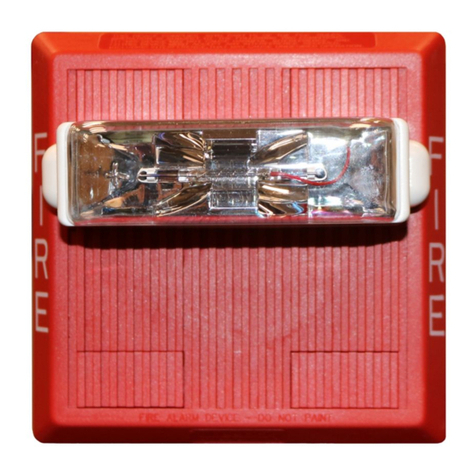
Wheelock
Wheelock HS4-24MCW Series installation instructions
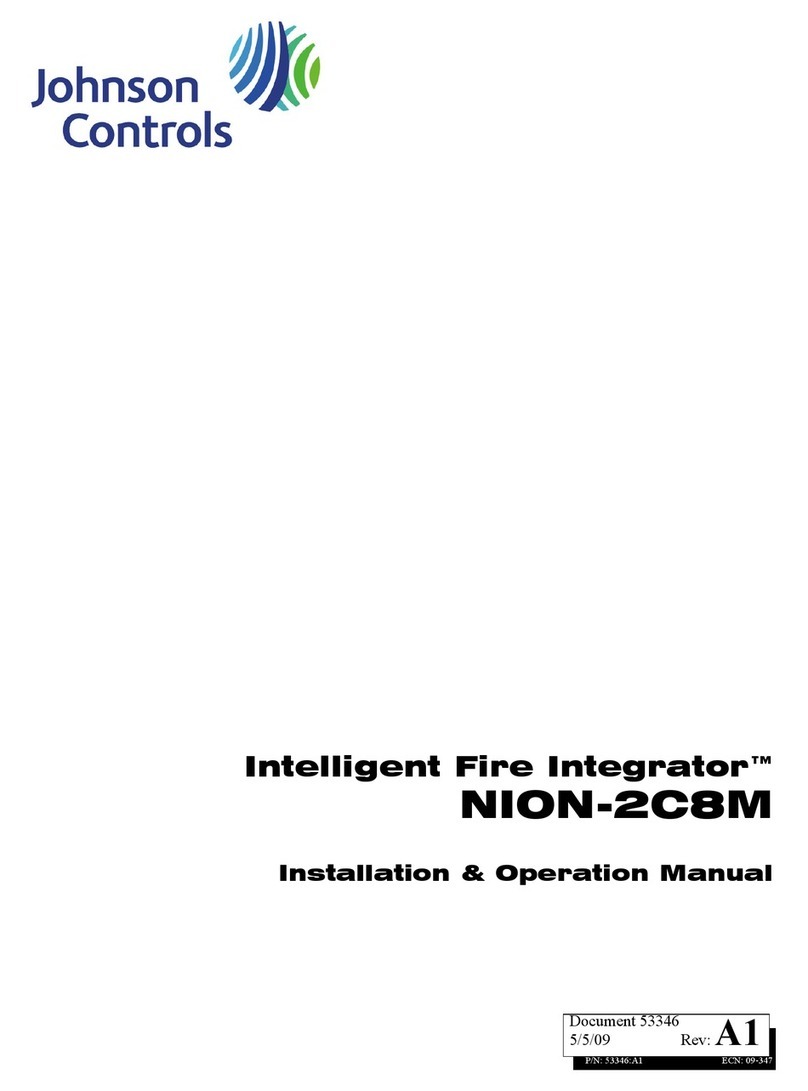
Johnson Controls
Johnson Controls NION-2C8M Installation & operation manual

Aico
Aico Residential Fire Detection RFD Product guide
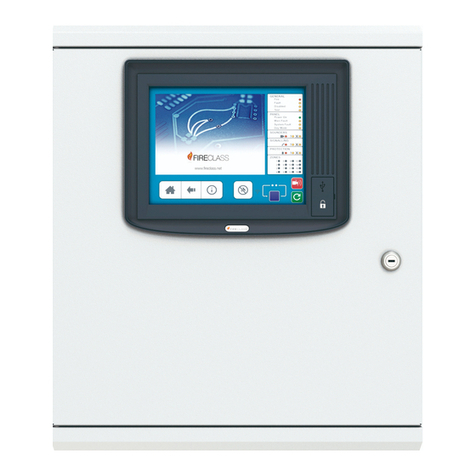
Johnson Controls
Johnson Controls FireClass FC700 Series installation guide

Bosch
Bosch B925F installation guide

